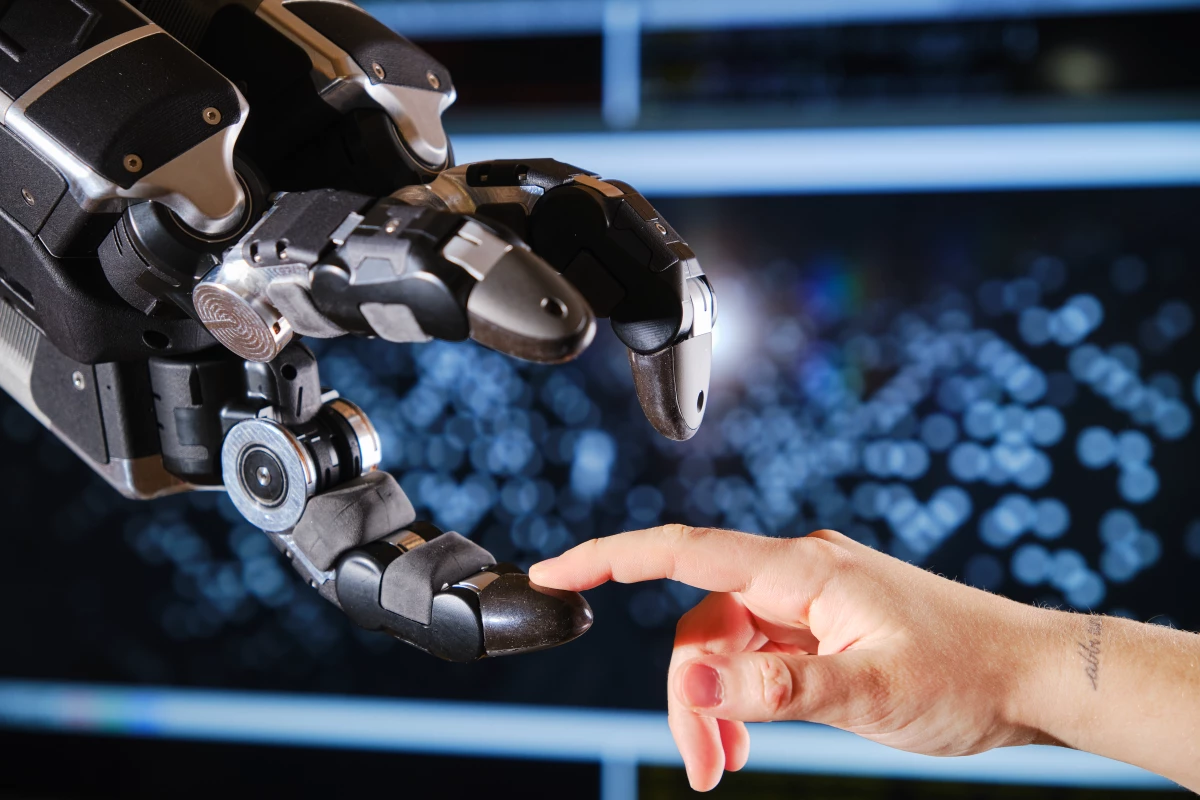A robotics company likely most famous for a demo of its dexterous robot hand at Amazon re:MARS with Jeff Bezos has now unveiled a new robust model designed for machine learning research, which was developed in collaboration with Google's DeepMind.
London-based Shadow Robot has more than 20 years of robot design form behind it, and has had high-profile research and industry clients like NASA, ESA, OpenAI, Google, MIT and a number of universities on its books over the years.
Where previous iterations of "the world's most dexterous humanoid robot hand" have looked quite familiar from a human perspective, the new Shadow Hand – which the company says was developed with research and insights from the Google DeepMind robotics team – sports three fingers only, in gripper-like formation.
"A key challenge in AI and robotics is to develop hardware that is dexterous enough for complex tasks, but also robust enough for robot learning," said the company in a press statement. "Robots learn through trial and error which requires them to safely test things in the real world, sometimes executing motions at the limit of their abilities. This can cause damage to the hardware, and the resulting repairs can be costly and slow down experiments."
So as well as being designed with speed, flexibility and precision in mind, the new robot hand is also built to endure "a significant amount of misuse, including aggressive force demands, abrasion and impacts."
It measures 350 mm in length, and is 165 mm wide and 160 mm high (13.78 x 6.5 x 6.3 in). A single finger weighs in at 1.2 kg (2.6 lb), while the whole hand tips the scales at 4.1 kg (9 lb). And it requires a 48-V/200-W power supply.
The robot hand is reported to benefit from precise torque control, with each of the fingers able to muster up to 10 N of fingertip pinch force. The four joints of each finger are driven by motors housed in the base and connected via "tendons" and the fingers are capable of going from fully open to closed in 500 milliseconds.
Each finger is a self-contained unit, and incorporates a number of 3-DOF tactile sensors at the proximal and middle segments, along with a stereo camera setup that's pointed at the inside surface of silicone skin covering the fingertip to provide high-resolution, wide-dynamic-range tactile feedback in real time – which all combine to help the robot get to grips with the world around it "through the sense of touch."
If one of the finger modules suffers fatal damage during limit-pushing AI experiments, it can be removed from the base module (which connects to a robot arm) and replaced with a fresh one for minimum downtime. The tactile sensors can also be removed/replaced if needed, with the communication network within the finger able to register the presence or absence of a sensor and feed relevant information to a host computer automatically.
We don't have pricing for the Shadow Hand, but the company will demonstrate it to the public for the first time at ICRA 2024, which is due to open its doors next week in Yokohama, Japan.
Source: Shadow Robot







